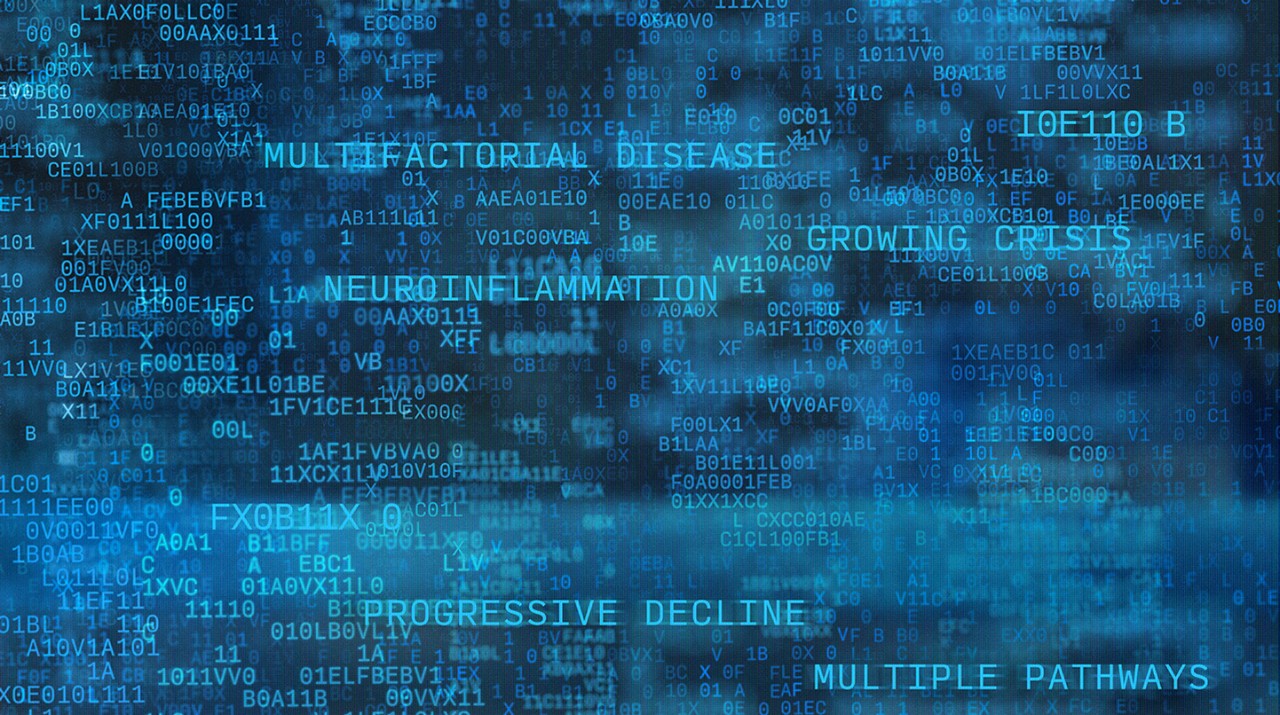The formation of amyloid-β (Aβ) plaques and tau tangles
MULTIPLE DRIVERS
A number of underlying pathophysiological mechanisms are thought to contribute to the development of Alzheimer’s disease (AD), including1,3,4:


Neuroinflammation

Vascular dysfunction

Changes in insulin and cholesterol metabolism

Oxidative stress
While Aβ plaque and tau tangle accumulation are recognized hallmarks of AD pathophysiology, they only represent one aspect of this complex, multifactorial disease.2,5
AD is also characterized by2,5:
- Chronic activation of inflammatory pathways in the brain
- Progressive neuronal damage, loss of brain function, and cognitive decline
These interconnected biological processes contribute collectively to the development and progression of AD, underscoring the need for a broader understanding of AD pathophysiology.2,5
A neurotoxic progression
Discover how a perpetual cycle of inflammation can occur in AD.5
Aβ, amyloid beta.
BEYOND PLAQUES AND TANGLES
Alzheimer’s disease is not limited to plaques and tangles: It’s a multifactorial disorder1
The key pathological features that set AD apart from other dementias are amyloid plaques and tau tangles. These features lead to neurodegeneration and cognitive impairment.1
Although Aβ plaques and tau tangles are the distinguishing hallmarks of AD, they do not represent all aspects of AD pathology or progression5:
- While the buildup of Aβ is a prerequisite for the development of AD, the degree of accumulation does not directly correlate with symptoms of disease progression2,3,5
- Tau tangles develop after amyloid deposition has begun and are more closely aligned with cognitive impairment2,5,6
Multiple factors appear to contribute to the pathogenesis and progression of AD2,7-9
By the time a person begins to experience the first clinical symptoms of dementia, AD pathology is already established in the brain through several different mechanisms.2,7-9
PROGRESSION OF AD PATHOPHYSIOLOGY10-12
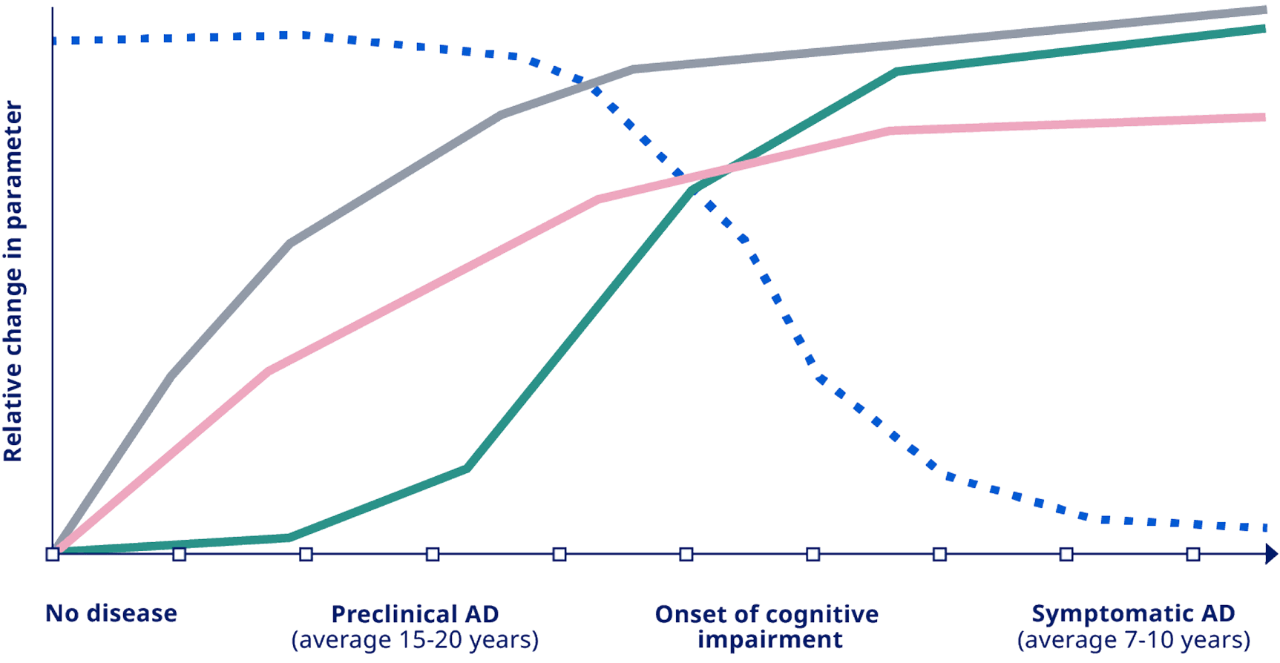
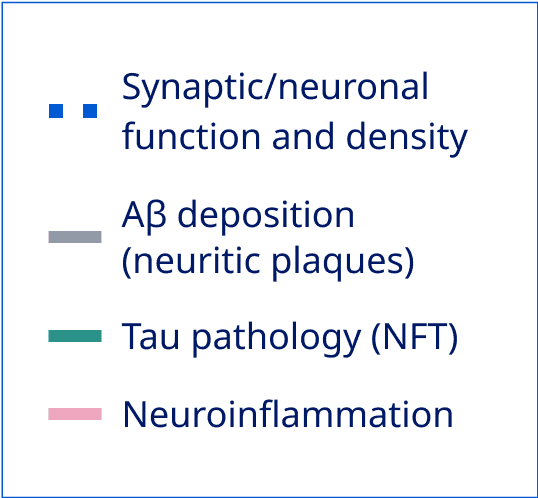
// 054
EXPLORING BEYOND PLAQUES AND TANGLES
Research suggests that AD is a multifactorial disease driven by several different mechanisms.1-4

Coronary artery disease
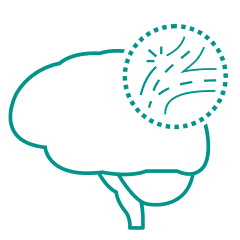
Stroke

Hypertension

Obesity
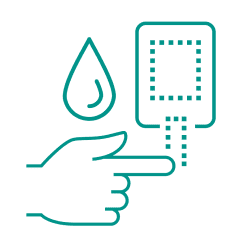
Type 2 diabetes

Hypercholesterolemia
*The underlying mechanisms common to these disorders remain the focus of intense research.
Could this shared pathway be contributing to the development of AD?13
Is the emerging science on inflammation unlocking new possibilities in AD care?
Could proactive assessment be the key to early diagnosis?
- DeTure M, Dickson DW. The neuropathological diagnosis of Alzheimer’s disease. Mol Neurodegener. 2019;14(1):32.
- Hampel H, Hardy J, Blennow K, et al. The amyloid-β pathway in Alzheimer’s disease. Molecular Psychiatry. 2021;26(10):5481-5503.
- Zhang J, Zhang Y, Wang J, Xia Y, Zhang J, Chen L. Recent advances in Alzheimer’s disease: mechanisms, clinical trials and new drug development strategies. Sig Transduct Target Ther. 2024;9(1):211.
- Calabrò M, Rinaldi C, Santoro G, Crisafulli C. The biological pathways of Alzheimer disease: a review. AIMS Neurosci. 2021;8(1):86-132.
- Leng F, Edison P. Neuroinflammation and microglial activation in Alzheimer disease: where do we go from here? Nat Rev Neurol. 2021;17(3):157-172.
- Zhang W, Xiao D, Mao Q, Xia H. Role of neuroinflammation in neurodegeneration development. Sig Transduct Target Ther. 2023;8(1):267.
- Alzheimer’s Society. Improving access to a timely and accurate diagnosis of dementia in England, Wales and Northern Ireland. Accessed May 7, 2025. https://www.alzheimers.org.uk/about-us/policy-and-influencing/improving-access-timely-accurate-diagnosis-dementia-england-wales-northern-ireland#:~:text=The%20headline%20consensus%20statement%20reads,all%20those%20living%20with%20dementia
- Alzheimer’s Association. 2025 Alzheimer’s Disease Facts and Figures. Accessed May 22, 2025. https://www.alz.org/getmedia/ef8f48f9-ad36-48ea-87f9-b74034635c1e/alzheimers-facts-and-figures.pdf
- Alzheimer’s Association. 2024 Alzheimer’s Disease Facts and Figures. Accessed May 22, 2025. https://www.alz.org/getmedia/c65b6229-48cf-4a7b-a447-328fdf05e35d/alzheimers-facts-and-figures-2024.pdf
- Fan Z, Brooks, DJ, Okello A, Edison P. An early and late peak in microglial activation in Alzheimer’s disease trajectory. Brain. 2017;140(3):792-803.
- Jack CR Jr, Knopman DS, Jagust WJ, et al. Hypothetical model of dynamic biomarkers of the Alzheimer's pathological cascade. Lancet Neurol. 2010;9(1):119-128.
- Long JM, Holtzman DM. Alzheimer disease: an update on pathobiology and treatment strategies. Cell. 2019;179(2):312-339.
- Santiago JA, Potashkin JA. The impact of disease comorbidities in Alzheimer's disease. Front Aging Neurosci. 2021;13:631770.


